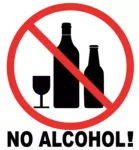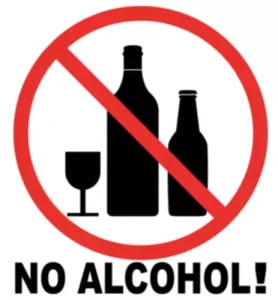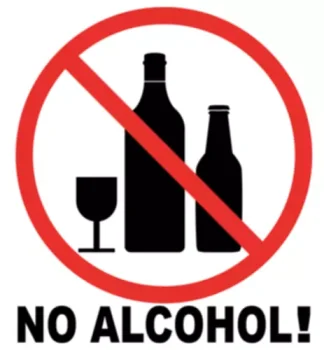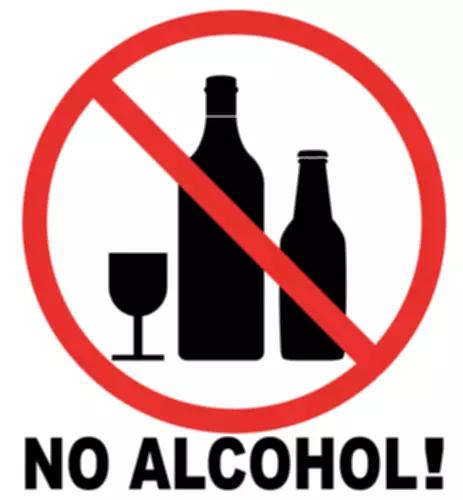Understanding the Dangers of Alcohol Overdose National Institute on Alcohol Abuse and Alcoholism NIAAA

There, alcohol is broken down by various enzymes, transforming it into less toxic substances that the body can then eliminate. When alcohol is not fully metabolised, it passes into the brain, disrupting the delicate balance of neurotransmitters that regulate its functioning. Alcohol has a suppressing effect on the brain and central nervous system.
- These effects may be more serious and more noticeable if you drink regularly and tend to have more than 1 or 2 drinks when you do.
- There, alcohol is broken down by various enzymes, transforming it into less toxic substances that the body can then eliminate.
- John C. Umhau, MD, MPH, CPE is board-certified in addiction medicine and preventative medicine.
- It is crucial that we pay especially close attention to teenage drinking.
Webinar: Women, men and alcohol: Why is gender important in alcohol control policies
- But drinking any amount of alcohol can potentially lead to unwanted health consequences.
- The evidence for moderate alcohol use in healthy adults is still being studied.
- In Europe, around 8 out of 10 students aged have had a drink in the last year.
- Long-term alcohol use can affect bone density, leading to thinner bones and increasing your risk of fractures if you fall.
Over time, drinking can also damage your frontal lobe, the part of the brain responsible for executive functions, like abstract reasoning, decision making, social behavior, and performance. Slurred speech, a key sign of intoxication, happens because alcohol reduces communication between your brain and body. This makes speech and coordination — think reaction time and balance — more difficult. That’s one major reason why you should never drive after drinking. If your body can’t manage and balance your blood sugar levels, you may experience greater complications and side effects related to diabetes. The pancreas helps regulate how your body uses insulin and responds to glucose.

What’s the outlook for a person with alcohol use disorder?

Alcohol is a powerful chemical that can have a wide range of adverse effects on almost every part of your body, including your brain, bones and heart. See your doctor if you begin to engage in behaviors that are signs of alcohol use disorder or if you think that you may have a problem with alcohol. You should also consider attending a local AA meeting or participating in a self-help program such as Women for Sobriety. At this point, you may have alcohol cravings or drink to avoid the low feelings withdrawal causes rather than for the pleasurable feelings alcohol consumption may offer.
Alcohol withdrawal

Research has shown that when alcohol is removed from the body, it activates brain and nerve cells, resulting in excessive excitability (hyperexcitability). In the DSM-5, alcohol use disorder is further classified into categories of mild, moderate, and severe. While the exact causes of alcoholism are not known, a number of factors can play a role. The condition is likely the result of a combination of genetic, social, psychological, and environmental factors.

Alcoholism

Specifically, the areas responsible for reward processing (such as the ventral striatum) develop more quickly than those responsible for decision-making and long-term planning (such as the prefrontal cortex). This mismatch between the development of the brain’s reward, impulse control and decision-making systems may explain why adolescents are more likely to engage in risky behaviour. Alcohol is mainly metabolised in the liver, which processes the drink after it has been absorbed from the digestive tract.
You might not recognize how much you drink or how many problems in your life are related to alcohol use. Listen to relatives, friends or co-workers when they ask you to examine your drinking habits or to seek help. Consider talking with someone who has had a problem with drinking but has stopped. Adolescents tend to drink if the adults around them drink or binge drink alcohol. In addition, neuroimaging studies show excessive activation in brain structures involved in impulse control, decision-making, and processing of alcohol-related stimuli. The two manuals use similar but not identical nomenclature to classify alcohol problems.
This is particularly true for those in social environments with high visibility and societal influence, nationally and internationally, where alcohol frequently accompanies socializing. In this context, it is easy to overlook or discount the health and social damage caused or contributed to by drinking. Unhealthy alcohol use includes any alcohol use that puts your health or safety at risk or causes other alcohol-related problems. It also includes binge drinking — a pattern of drinking where a male has five or more drinks within two hours or a female has at least four drinks within two hours. As blood alcohol concentration (BAC) increases, so does the effect of alcohol—as well as the risk of harm. Even small increases in BAC can decrease motor coordination, make a person feel sick, and cloud judgment.
Take Our Substance Abuse Self-Assessment
Your liver, which filters alcohol out of your body, will be unable to remove all of the alcohol overnight, so it’s likely you’ll wake with a hangover. The alcohol also impairs the cells in your nervous system, making you feel lightheaded and adversely affecting your reaction time and co-ordination. The National Council on Alcoholism and Drug Dependence and AlcoholScreening.org offer more comprehensive Why Alcoholism is Considered a Chronic Disease self-tests. Hosted by Amy Morin, LCSW, this episode of The Verywell Mind Podcast shares strategies for coping with alcohol cravings and other addictions, featuring addiction specialist John Umhau, MD. Every state in the U.S. has a legal limit (or a point at which it is legally unsafe to operate a motor vehicle) of 0.08%. It’s important to note that any amount of alcohol in your system can interfere with your ability to think and function without impairment.
